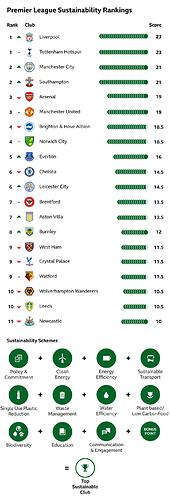First question that springs to my mind here is what are the Germans, Fins, Norwegians doing that we in the UK, Netherlands are not? Insulation etc. obviously but how are they achieving it? Self funded, government backed etc.
Finland not shown, do you mean Swedes?
It’s noticeable that the UK had the highest proportion of old housing stock among EU member states back in 2020. 37.8% of homes in the UK were built before 1946, compared with 24.3% for Sweden and Germany. Also, you are most likely to live in a house if you’re in the UK, whereas flats account for 65% of the homes in Spain, for example. The proportion of flats in the UK is less than 15%. That compares to around 30% for France, 45% for Germany, just over 50% for Italy.
It seems that the type of dwelling is as, if not more, important as climate, and general energy efficiency, insulation, heat sources etc.
I’d probably add that those nations (in Europe) all have harsher/colder winters, therefore their houses would have been built to cope with the cold there (to keep the heat in) from the outset. We just don’t experience the same levels of cold.
Now the issue of keeping heat in is looked at from a difference perspective - energy reduction. Back in the day I guess stoves/fires were cheap to run, heath implications not really a massive consideration, and they kicked out ample heat. Now we heat houses with expensive gas and the consumer ultimately pays the bills.
That was the point I made earlier. New construction code in the UK is not that bad for insulation, broadly comparable to the standard Canada uses for the mildest climate areas like Victoria. But in 1946, our population was less than a third of what it is today - the vast majority of our housing stock has been built since at least the first Energy Code in the 1970s.
With flats, it is less the difference in construction, and more the relatively small energy-exchanging surface area that most will have - an equally efficient building in terms of U-value will perform better as six flats than if it was six individual buildings.
That would make complete sense to me as the older homes I’ve seen in the UK are thermally garbage. You might as well leave the doors and windows open a lot of the time.
Might I add, this issue was the subject of recent protests in London, with protests blocking off the M25.
I don’t do much work around planning and building regs but do you know if listed status prevents certain insulating steps from being undertaken? It’s very small % of our buildings so not materially relevant but just curious.
I wonder also - the cladding controversy in the UK following the Grenfell disaster, is that replicated elsewhere? Given this was largely about manufacturers lying about their materials fire retardation efficiency I’d be surprised if this issue was solely limited to the UK. But maybe it was? Anyone know?
Causing tailbacks of idling engines stretching for miles…
Knobheads.
Given what the M25 is regularly like, no change I guess?
Probably not ![]()
I think it can especially if it changes the appearance of the building. The big difficulty is actually providing a worthwhile level to a building that was never designed to have any. There’s some stuff that can be done but it can be enormously tricky, especially with people actually in the house. Some may find it strange but social housing actually wins on this kind of work. from my observations various housing associations will actually get on and do the work. Questionable standard sometimes though.
I guess some credit must go to the fact that some of the older UK housing stock is still in a serviceable condition. Robust stone, or brick walls, slate roofs etc. They’ve stood the test of time. Just not warm. For example I’ve seen some houses up here where the floor comprised of slate slabs laid directly onto the ground.
An interesting piece about how coal mines can be dealt with in the longer term:
Good news I guess but do we still use lights to help keep the A field turf green? Obviously travel is another side issue.
City in 3rd is funny given their ownership. But I guess if you’re sponsored by companies with zero employees their carbon footprint is pretty small.
Obviously all measured at a local level
https://www.sportpositiveleagues.com/pl-2021/
This table breaks down the projects and initiatives in each categories. If anyone is interested.
